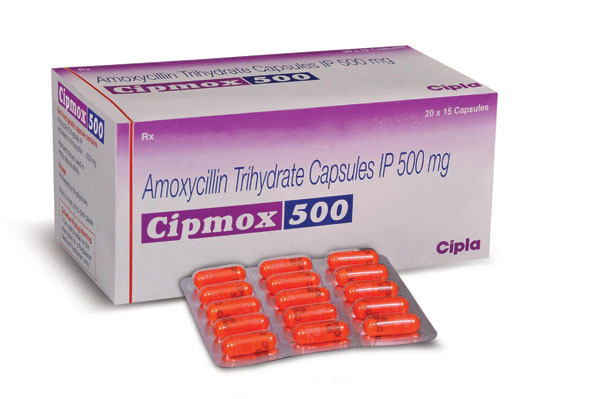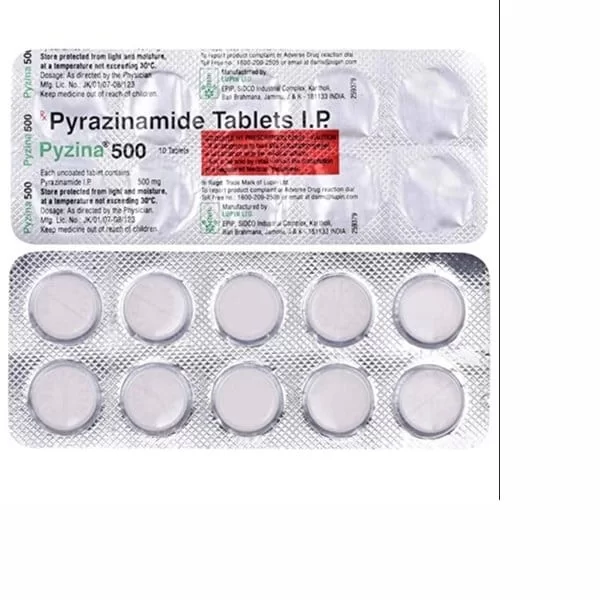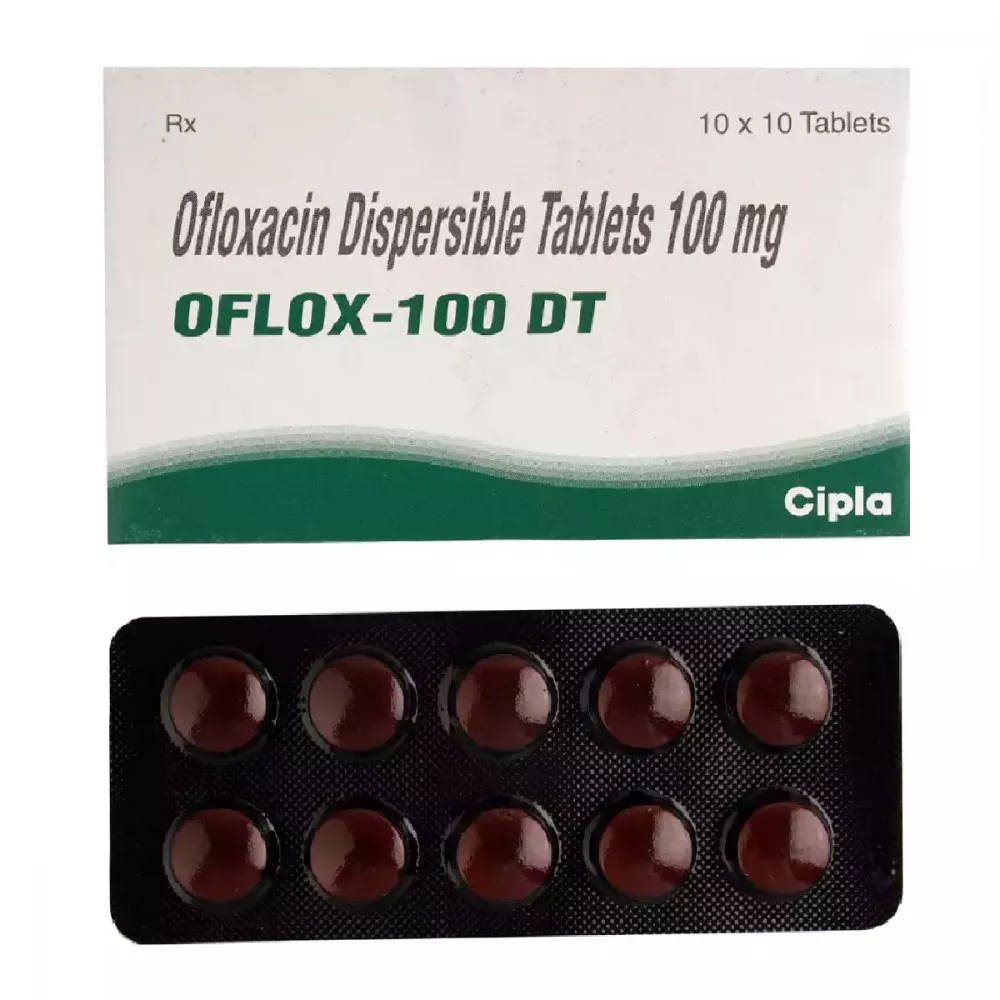CIPMOX 500 MG (Amoxicillin)
Welcome to our comprehensive guide on Cipmox 500 mg, a medication containing Amoxicillin, an antibiotic used to treat various bacterial infections. In this article, we will explore the details of Cipmox 500 mg, including its uses, dosage, potential side effects, precautions, and other essential information.
What is Cipmox 500 mg (Amoxicillin)?
Cipmox 500 mg is a form of Amoxicillin, a broad-spectrum penicillin antibiotic effective against a wide range of bacteria. It works by inhibiting bacterial cell wall synthesis, thus preventing the growth and spread of bacteria in the body.
Uses of Cipmox 500 mg (Amoxicillin)
Cipmox 500 mg is prescribed for various bacterial infections in adults and sometimes in pediatric patients. Some common uses include:
1. Respiratory Tract Infections
The medication is effective in treating respiratory tract infections, such as pneumonia, bronchitis, and sinusitis.
2. Urinary Tract Infections
Cipmox 500 mg may be prescribed for urinary tract infections caused by susceptible bacteria.
3. Skin and Soft Tissue Infections
The medication is used to treat skin and soft tissue infections, including cellulitis and abscesses.
4. Dental Infections
Cipmox 500 mg may be prescribed for dental infections, such as dental abscesses and periodontitis.
5. Ear Infections
In certain cases, Amoxicillin is prescribed for the treatment of ear infections, such as otitis media.
6. Bacterial Endocarditis Prophylaxis
Before certain dental or medical procedures, Cipmox 500 mg may be given as prophylaxis to prevent bacterial endocarditis in individuals at risk.
How to use Cipmox 500 mg (Amoxicillin)?
To use Cipmox 500 mg (Amoxicillin), follow your doctor's instructions carefully. Typically, swallow the tablet whole with water, with or without food. Maintain consistent intervals between doses, usually every 8 to 12 hours, to ensure a steady level of the medication in your system. Complete the full prescribed course even if you feel better before finishing. This helps eliminate the infection completely and reduces the risk of antibiotic resistance. If you're prescribed a liquid form, measure the dose accurately with a measuring device. Consult your healthcare provider if you have any questions about proper usage.
How does Cipmox 500 mg (Amoxicillin) work?
Cipmox 500 mg (Amoxicillin) is an antibiotic that works by inhibiting the growth of bacteria. It does this by interfering with the construction of bacterial cell walls, which are crucial for their structural integrity. Amoxicillin targets a specific enzyme called transpeptidase, which is involved in the cross-linking of the bacterial cell wall. By inhibiting this enzyme, the drug weakens the cell wall, leading to its eventual rupture and the death of the bacteria. This mechanism makes Cipmox 500 mg effective against a wide range of bacterial infections, providing relief and aiding in the body's fight against bacterial invaders.
Dosage and Administration
The dosage of Cipmox 500 mg is determined based on the type and severity of the infection, as well as individual patient factors. It is essential to strictly follow the instructions provided by your healthcare provider. The tablets are usually taken orally with a full glass of water and may be taken with or without food.
Potential Side Effects
Cipmox 500 mg, like all antibiotics, may cause side effects in some individuals. Common side effects may include:
- Nausea
- Diarrhea
- Vomiting
- Skin rash
- Headache
- Allergic reactions (rare, but possible)
Most side effects are mild and resolve on their own. However, if you experience severe or persistent side effects, contact your healthcare provider.
Precautions and Warnings
While Cipmox 500 mg is generally safe and well-tolerated, certain precautions should be taken:
1. Allergies
Inform your healthcare provider if you are allergic to Amoxicillin or any other antibiotics.
2. Pregnancy and Breastfeeding
If you are pregnant or breastfeeding, consult your doctor before taking Cipmox 500 mg, as it may have potential risks to the fetus or infant.
3. Antibiotic Resistance
Overuse or misuse of antibiotics may lead to antibiotic resistance. Follow your healthcare provider's advice and complete the full course of treatment to reduce the risk of resistance.
Interactions with Other Medications
Inform your healthcare provider about all the medications, supplements, or herbal products you are taking. Cipmox 500 mg may interact with certain drugs, affecting their effectiveness or causing adverse effects.
FAQs
1. What is Cipmox 500 mg (Amoxicillin)?
Cipmox 500 mg is a medication containing amoxicillin, an antibiotic used to treat a variety of bacterial infections. It belongs to the penicillin class of antibiotics.
2. How does Cipmox 500 mg work?
Cipmox 500 mg works by inhibiting bacterial cell wall synthesis. It disrupts the cross-linking process of the cell wall, weakening it and causing the bacteria to rupture, eventually leading to their death.
3. What infections does Cipmox 500 mg treat?
Cipmox 500 mg is used to treat a range of bacterial infections, including respiratory tract infections, ear infections, skin infections, urinary tract infections, and certain dental infections.
4. How should I take Cipmox 500 mg?
Follow your doctor's instructions. Typically, take the tablet with water, with or without food. Maintain consistent intervals between doses (usually every 8 to 12 hours). Complete the full prescribed course.
5. Can I drink alcohol while taking Cipmox 500 mg?
It's generally advisable to avoid alcohol while on antibiotics. Alcohol can potentially interfere with the effectiveness of the medication and increase the risk of side effects.
6. Can Cipmox 500 mg cause side effects?
Common side effects may include nausea, diarrhea, and skin rash. Serious allergic reactions are rare but seek medical attention if you experience severe diarrhea, difficulty breathing, or swelling.
7. Can I stop taking Cipmox 500 mg if my symptoms improve?
No, it's important to complete the full prescribed course even if symptoms improve. Stopping prematurely can lead to incomplete eradication of bacteria and antibiotic resistance.
8. Can I use Cipmox 500 mg during pregnancy or while breastfeeding?
Consult your doctor before taking any medication during pregnancy or breastfeeding. They will assess the benefits and potential risks for you and your baby.
9. Can I take Cipmox 500 mg if I'm allergic to penicillin?
If you're allergic to penicillin, discuss your allergies with your doctor before taking Cipmox 500 mg. They will determine if it's safe for you or suggest an alternative.
10. Can I use Cipmox 500 mg with other medications?
Inform your doctor about all medications, including supplements, that you're taking. Some medications can interact with Cipmox 500 mg, affecting its efficacy or increasing the risk of side effects.
Conclusion
In conclusion, Cipmox 500 mg (Amoxicillin) is a valuable antibiotic used to treat various bacterial infections in adults and sometimes pediatric patients. Understanding its uses, dosage, potential side effects, precautions, and interactions is crucial for both patients and healthcare providers.
As always, this article serves as an informative guide and should not replace professional medical advice. If you have any specific concerns or questions about Cipmox 500 mg, consult your healthcare provider for personalized guidance. And there you have it - a comprehensive guide to Cipmox 500 mg (Amoxicillin).



.webp)






